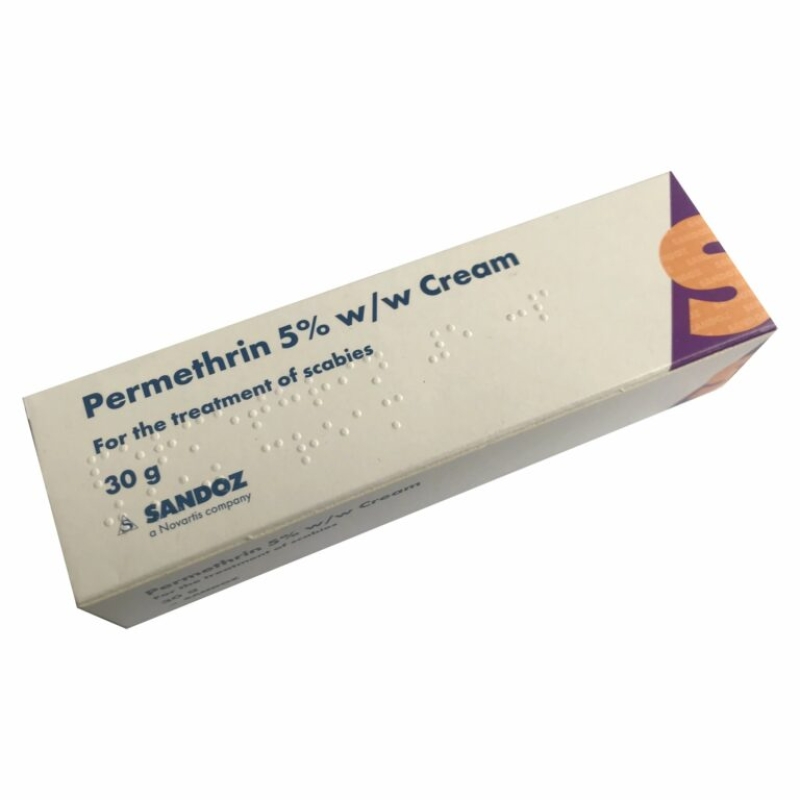How to Order ? Simple.
-

1.
Select Treatment
Choose from our treatment options or speak to the in-store pharmacist for advice
-

2.
Complete Medical Questionnaire
Complete our free online medical consultation to be reviewed by our Clinical Team
-

3.
Collect Medication from Local Pharmacy
We will notify you when your medication is ready for collection
Advice for Scabies
Scabies is a contagious skin condition caused by infestation with the microscopic mite *Sarcoptes scabiei*. The female mite burrows into the upper layer of the skin to lay eggs, which triggers an intense allergic reaction and severe itching.
Scabies spreads easily through close skin-to-skin contact, making it common in households, nursing homes, and crowded living conditions. It can also spread through contact with contaminated clothing, bedding, or towels, although this is less common.
The main symptom of scabies is **intense itching**, which often worsens at night. A rash usually develops, characterized by small red bumps, blisters, or pimple-like lesions. Common sites for the rash include the webbing between the fingers, wrists, elbows, armpits, waist, buttocks, and genital area.
Diagnosis is primarily clinical, based on the appearance of the rash and itching pattern. Sometimes, skin scrapings may be examined under a microscope to confirm the presence of mites, eggs, or fecal matter.
Treatment involves the use of **prescription topical scabicides**, such as permethrin cream or malathion lotion, applied over the entire body from the neck down and left on for a specified time before washing off. In some cases, oral ivermectin may be prescribed, especially for widespread or difficult-to-treat infestations.
All household members and close contacts should be treated simultaneously to prevent reinfestation. Bedding, clothing, and towels used in the days before treatment should be washed in hot water or sealed in plastic bags for several days to kill any mites.
With proper treatment, symptoms usually improve within a few days, but itching may persist for several weeks due to the ongoing allergic response. If symptoms continue or worsen, a follow-up with a healthcare provider is recommended.
The primary symptom of scabies is intense itching, which usually worsens at night. This itching results from an allergic reaction to the mites, their eggs, and their waste products.
Shortly after infestation, a rash develops, often consisting of small red bumps, blisters, or pimple-like lesions. The rash can appear anywhere on the body but is most commonly found in certain characteristic locations.
Typical sites affected include the spaces between the fingers, wrists, elbows, armpits, waist, buttocks, genital area, and around the nipples. In infants and young children, the head, face, neck, palms, and soles may also be involved.
Another distinctive symptom is the presence of tiny, thread-like burrows visible on the skin. These burrows represent tunnels made by the female mites as they burrow under the skin to lay eggs. Burrows appear as thin, irregular, raised lines and are often difficult to see.
Scratching due to itching can lead to skin damage, secondary bacterial infections, and thickening or scaling of the skin in chronic cases.
In some individuals, especially those with weakened immune systems, a severe form called **crusted scabies** can develop. This form causes thick crusts of skin containing large numbers of mites and is highly contagious.
Symptoms typically begin 2 to 6 weeks after the initial exposure, but in people who have had scabies before, itching can start within 1 to 4 days.
Scabies is caused by infestation with the microscopic mite *Sarcoptes scabiei* var. hominis. The female mite burrows into the upper layer of human skin to lay eggs, which leads to an allergic skin reaction.
The condition is highly contagious and spreads primarily through prolonged, direct skin-to-skin contact with an infected person. This includes close physical contact such as hugging, shaking hands, or sexual activity.
Scabies can also spread, though less commonly, by sharing clothing, bedding, or towels that have been recently used by an infested person, as mites can survive for 24 to 36 hours away from the human body.
Infestation is more common in crowded living conditions, nursing homes, hospitals, and childcare centers where close contact between individuals is frequent.
Anyone can get scabies, regardless of age, sex, or hygiene, but the risk is higher in people living in close quarters or with limited access to healthcare.


